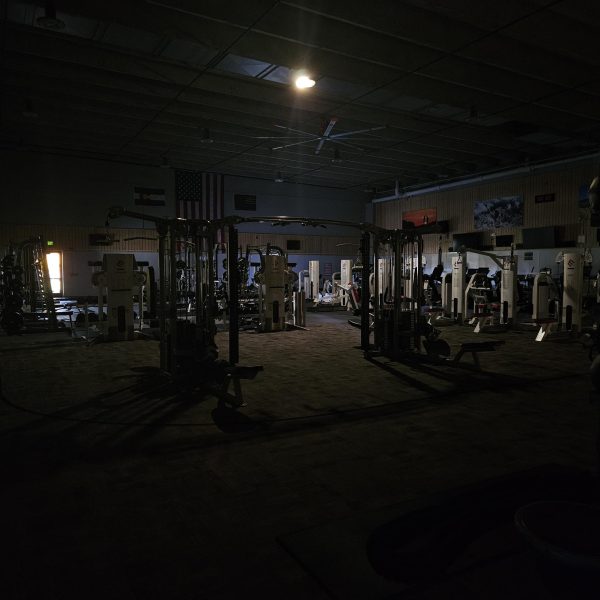Android Fever
Swipe, search, tap, type, look, like . . .
It’s been estimated that the average smart phone user reaches 150 times a day for their mobile device – a startling average of six and a half times a minute. This obsession has, in part, been attributed to social media but also to our dependence on the gratification of instant information and communication.
A 2015 Pew Research Center report revealed that 46 percent of Americans confess their smartphone is something “they couldn’t live without,” giving rise to a new psychological phenomenon called Nomophobia – the fear of being without a phone.
Demanding constant attention, mobile devices are causing people to become increasingly oblivious of their surroundings.
A tragic incident illustrating this point occurred on a San Francisco light-rail train, late 2013. A young man, alleged to be the killer, was caught on CCTV brandishing his .45 caliber pistol in plain sight of the other passengers, before firing a bullet into the back of his unassuming victim.
Although the commuter train had 20 passengers aboard, all were too engrossed in their phones to notice the events unfold; until it was too late.
New evidence suggests that smartphones are also starting to infringe on our sleep. According to a recent study conducted by the renown research consultancy firm Deloitte – one in five people regularly checks their phone in the middle of the night; which invariably has negative effects on sleeping patterns.
Furthermore, electronic devices such as smartphones, tablets, and televisions also emit blue light, which due to its high concentration, is known to affect levels of the sleep-inducing hormone melatonin.
The phenomenon is even affecting the likes of presidential candidate Donald Trump, who was up into the wee hours of the morning last Thursday, tweeting a barrage of insults at a former Ms. Universe contestant.
Experts argue, the problem lies therein that smartphones have too many functions.
“We’ve got diaries on them, books on them, we’ve got our emails,” explains Dr. Bex Lewis, Senior Lecturer in Digital Marketing at Manchester Metropolitan University.
“I use mine as an alarm clock and I have an app that tells me how well I’ve slept, so [the phone] is literally next to my head.”
Although there is startling evidence of the increasingly larger role these devices are playing in our lives, Dr. Lewis negates the notion of an “addicted” society.
“We’ve all fallen into really bad habits but I think that’s quite different to something like substance abuse.”
In an assertive response to this high tech affliction, two inventors from Amsterdam came up with an ingenious remedy, that has the cell phone industry talking.
“We simply wanted to create a kick-ass device to combat smartphone addiction.” explains Igmar Larsen, whose development team at Kickstart designed the “Distragone”, a reinforced digital box that locks away smart phones for a definite period, set on its digital timer.
Intended to reduce distractions from mobile devices, the Distractgone is proving useful in a variety of settings including meetings, at family dinners, and especially in cars, where one’s undivided attention should be a top priority.
For a more humorous application, however, watch your friend (the one that’s always glued to a smart phone) gasp in horror once they discover you’ve locked their phone up for the next two hours.
Seriously though, it seems clear that our dependence on these devices is persisting.
Smart phones are affecting a large portion of our lives, most notably robbing us of precious resting time, perpetuating a cycle, where our sleep-depraved minds can only be kissed back to life with an early bird iced caramel macchiato, from Starbucks.
So, for the sake of safety (and at the risk of weaning off caffeine), let’s put away our mobile devices when we get behind the wheel, are in the vicinity of the public, and when we lay down our noggins to slumber in peace.

Born and raised in Vienna, my roots are in East Africa and I call the world my home. My insatiable interest in history and geography led me to pursue a political science degree at Ohio University. Shortly after graduating, I began...













